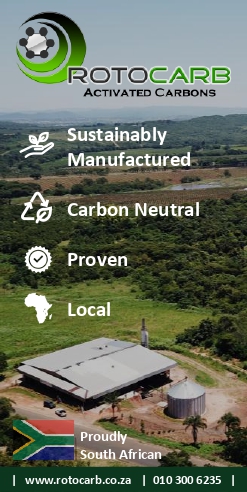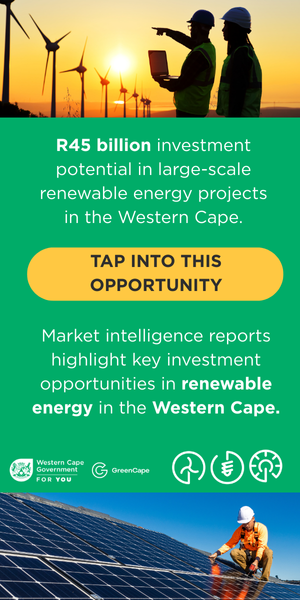The South African Civil Engineering Industry has been marred by challenges over the past year, however SAFCEC’s State of Industry Report, published at the end of June, starts to paint a picture of promising growth for the industry.
While the United States is showing some recovery on the back of what is seen as fairly strong private sector demand, growth in emerging and developing economies remains stronger by comparison. The findings in the report cautions towards the volatility related to capital flows. The challenge for emerging economies is to manage these capital flows amidst greater exchange rate pressures. A number of firms reported low turnover in the first quarter of 2013. This is influenced by stable (low) growth in government’s budgetary allocations and the possible negative impact of slower domestic and global growth on infrastructure spending in the medium term. Some of the challenges that continue to impede growth potential in the industry include corruption in the tender process, delays and/or postponements in tender awards and a shortage of qualified and skilled engineers. According to information released in the 2013 Budget, spending on infrastructure will remain a priority and not be affected by cuts in spending necessary to align budgets with lower levels of revenue. The Trade and Industry Minister Dr. R Davies announced in May 2013 that ten potential special economic zones (SEZs) had been agreed upon within eight of South Africa’s provinces. The proposed SEZs would now undergo feasibility studies to determine their viability. Currently Mpumalanga is the only province without a designated area for a SEZ. The potential SEZ’s include: • Limpopo, one in Tubatse to focus on platinum-group metals; one in Messina to focus on petrochemicals, agro processing and logistics; and one in Nkomati to focus on agro processing. • North West, Rustenburg – Platinum hub• Western Cape, Atlantis – Renewable energy
• Saldanha was the most recent area to be designated a potential IDZ. Also suitable for an oil and gas and marine repair cluster. • Northern Cape, Upington – Solar Power • Eastern Cape, Wild coast – Agro processing • Kwazulu Natal, Dube Trade port – Agro processing • Free State, Harrismith – Agro processing and Logistics • Gauteng, Nasrec – Agro processing and Logistics It is believed that these zones would promote the delivery of socioeconomic benefits and the creation of decent work through the development of new industrial regions. Growth opportunities are prominent in renewable energy projects, with the private sector showing more commitment. Prospects for the next two years may currently look uncertain, however the order books have shown a stronger than expected improvement. In order for growth to accelerate, government would either have to increase the revenue available for infrastructure spending, or improve expenditure.






